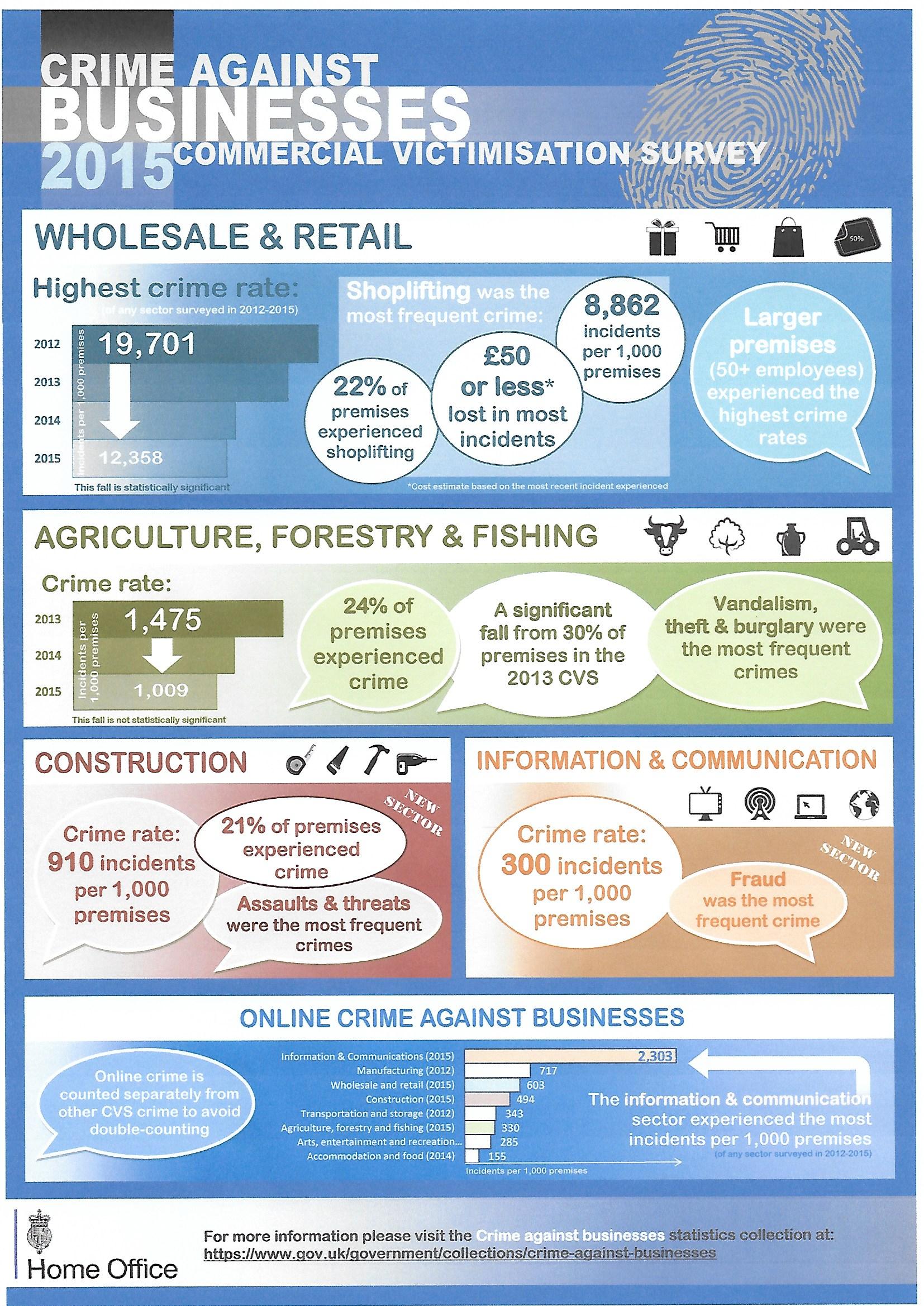The security aspect of commercial fire doors
Still thinking about the commercial sector, as we’ve said there’s a long list of environments where fire doors are essential: offices, retail premises, factories, educational establishments, hospitals, hotels, theatres, government buildings, and so on.
The fire resistance offered by the doors is clearly important, but there are other considerations too, such as security. Let’s look into this a little further by reminding ourselves about something called PAS 24.
What is PAS 24?
It’s a certification standard to do with security, and in essence is a guarantee that the fire door is being monitored by a UKAS (United Kingdom Accreditation Service) accredited certification body to ensure compliance to PAS 24:2012
Enhanced security performance requirements for doorsets and windows in the UK. External doorsets and windows intended to offer a level of security suitable for dwellings and other buildings exposed to comparable risk and the specific and the relevant material specific standard for general performance referenced in BS 6375 Parts 1, 2 and 3.
BS 6375-1:2009 Performance of windows and doors. Classification for weathertightness and guidance on selection and specification
BS 6375-2:2009 Performance of windows and doors. Classification for operation and strength characteristics and guidance on selection and specification
BS 6375-3:2009 Performance of windows and doors. Classification for additional performance characteristics and guidance on selection and specification
In common with most British Standards, PAS 24 is a minimum standard. In other words, it ensures compliance to the specified criteria, or not. It’s a simple pass or fail.
PAS 24 doorsets are designed to resist various types of attack on the door, frame and locks, including shoulder barging, kicking, levering and lock manipulation, which could be the picking or destruction of the lock and or handle to access the inside of the lock and open the door. The doorsets incorporate either a multipoint locking system (the most common form of locking) or, for a front door, a combination of a mortice deadlock and a rim lock, usually at one third spacing.
Multipoint locks come in various designs, but generally include a deadbolt and a live bolt (latch) in the centre of the door edge, at least two hook bolts and possibly a pair of compression bolts. The bolts are normally operated by lifting the door handle from either side of the door leaf and are locked in place by the turn of a key from either face of the door or, if the door is the only means of escape, by an internal thumbturn. The compression bolts, if fitted, and or the hook bolts pull the door tightly into the weather seals in the frame to keep out the draughts.
The scale of the problem
Check out the infographic below from the Office for National Statistics for some interesting and sobering statistics:



The clear message is – you need to think very carefully about security when you think about your commercial fire doors.
How to get expert advice
It’s important that you talk to experts who specialise in the manufacture and installation of commercial fire doors – and who can give you excellent advice and guidance based on years of successful installations and a large and satisfied customer base.
If you would like further information on our company please visit our home page or go directly to our contact page when we will respond as quickly as possible.
As always we’ll be delighted to help and advise you.









